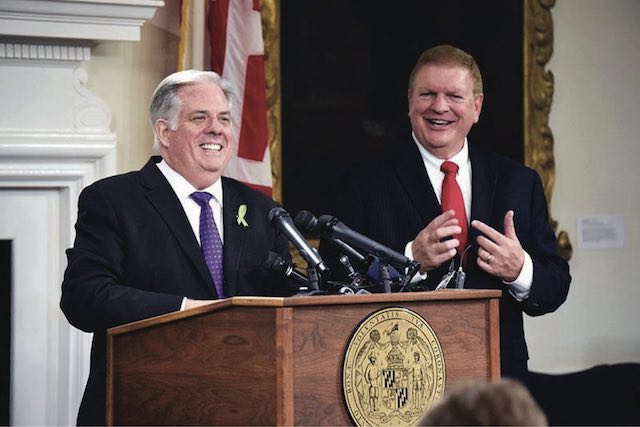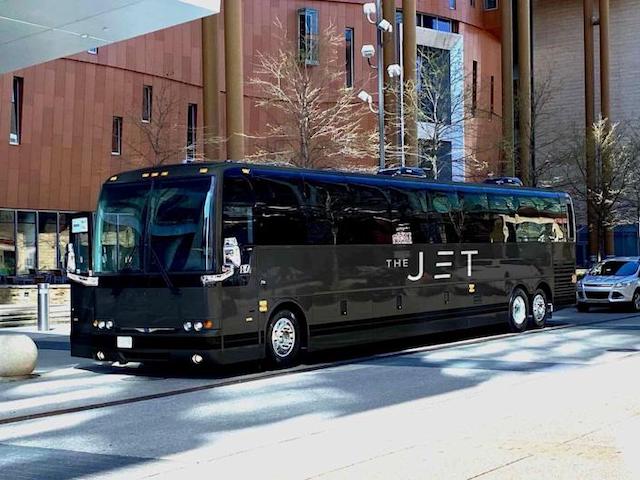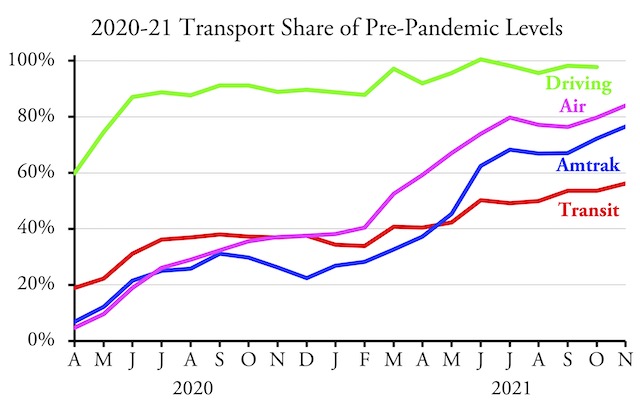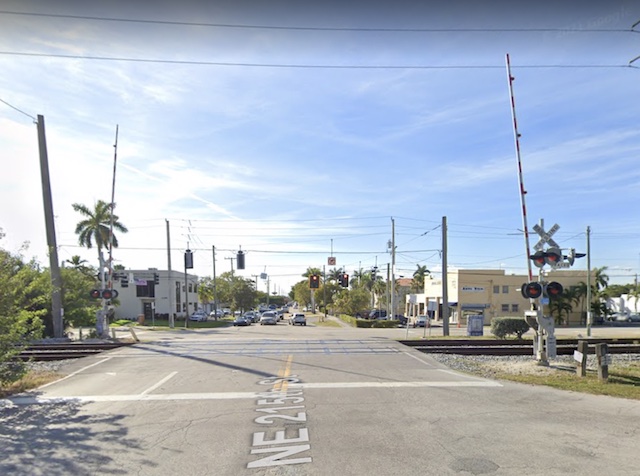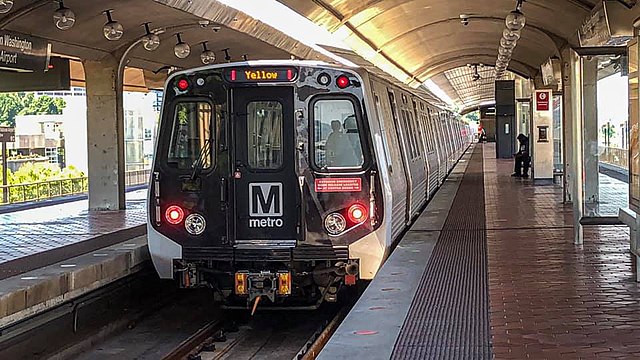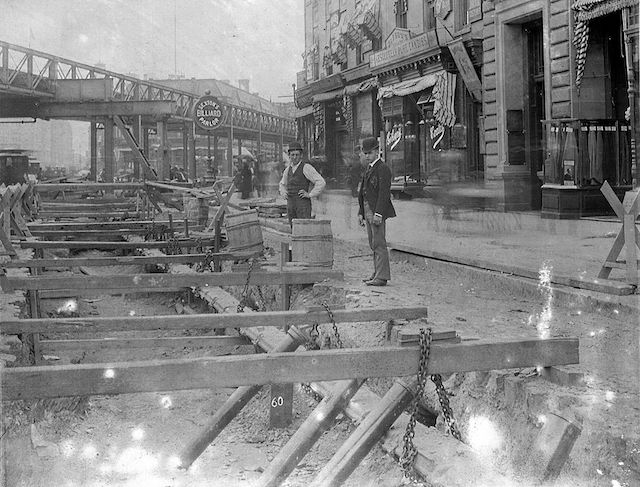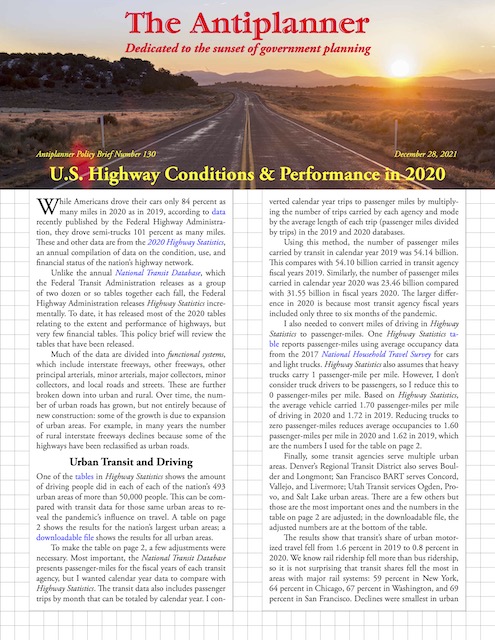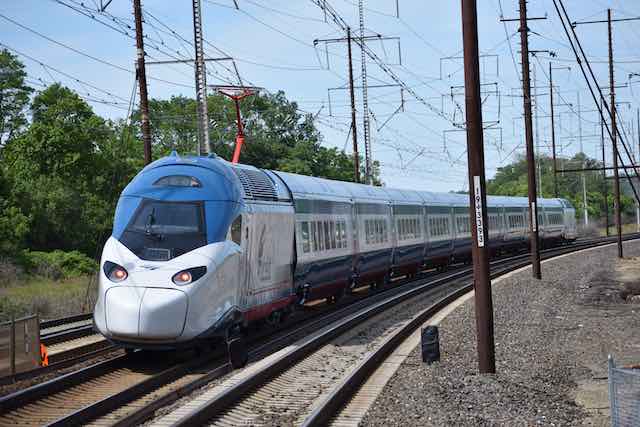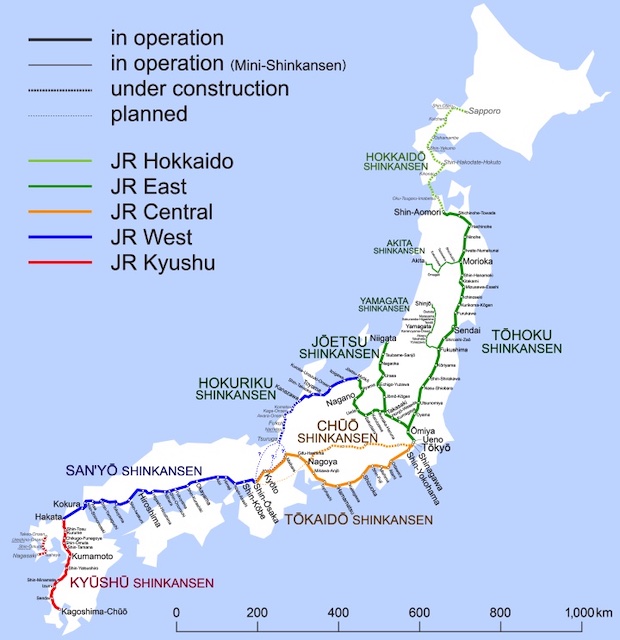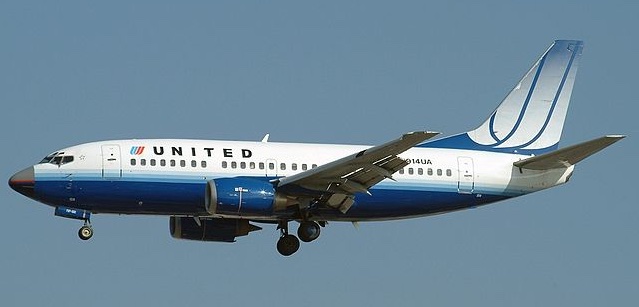Maryland’s Purple Line is now expected to cost more than $3.9 billion to construct, up from under $2.0 billion at the time the line was approved, according to a report from the Maryland Department of Transportation. The $3.9 billion includes a $250 million settlement with previous contractors and $219 million spent by the state on the project after the previous contractor quit. The opening date has also been pushed back to fall, 2026, compared with the original date of mid-2020 and the most-recent date of late 2022.
Maryland Governor Larry Hogan and then-Secretary of Transportation Peter Rahn have a laugh at the expense of the taxpayers when they announced that the state would build a “cost-effective and streamlined version of the Purple Line” in 2015. Memo to Gov. Hogan: Light rail is never cost-effective especially when it is predicted to make congestion worse. Photo by Purple Line Transit Constructors.
Like Honolulu’s rail line, the Purple Line is a project that should never have been approved. Even the Federal Transit Administration said it was not worth building until the state fabricated new, ridiculously high ridership estimates. Now that construction has begun, state officials intend to throw good money after bad no matter what the cost. Continue reading

